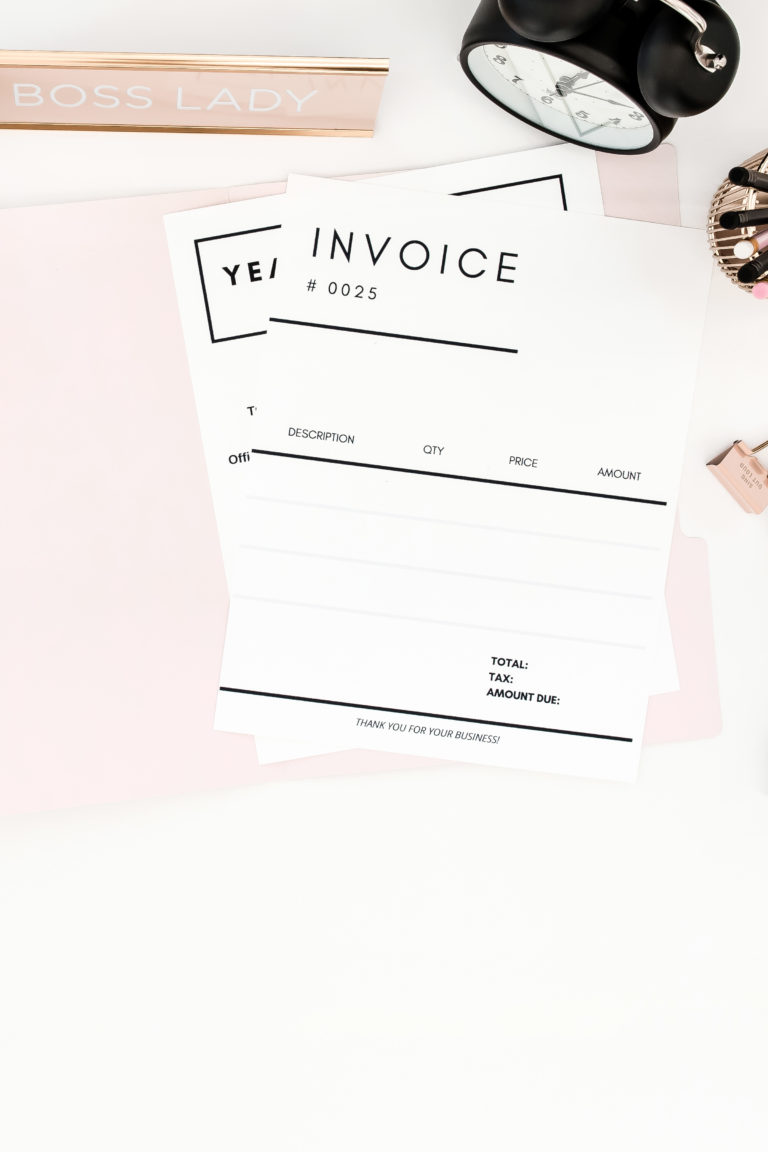3 Wage Myths BUSTED!
If you’re running a small business and you’re paying wages there are a few things you need to be aware of. I’m getting so many questions from new clients about this so I thought I would bring you these 3 wage myths busted, so you can refer to it when needed.
If you’re unsure about your responsibilities as an employer, please don’t hesitate to reach out! Getting this right will save you headaches (and some serious $$) later on.
Myth 1 – If I pay someone as a contractor/casual, I don’t have to pay super.
This one is super incorrect (see what I did there!). I’ve put this myth at the top of the list, because before we get into the nitty-gritty of paying an employee and your responsibilities as an employer, I wanted to quickly recap the difference between an employee and a contractor and your super obligations. Because there are some circumstances when you have to pay super for your contractors – who woulda thunk it! It’s actually pretty good, the ATO put this rule and tool in place to stop businesses paying people as contractors trying to avoid paying super.
Contractor – is running their own biz
- If they meet the ATO definition of a contractor , you don’t need to pay super – here’s the decision tool provided by the ATO.
- There are 6 outlining factors that must be met for them to be a true contractor. If they don’t meet them, they are still an employee in the eyes of the ATO and you must pay super on top of what you are paying them.
Employee – works in and is part of your business
- You must withhold tax (PAYG withholding) from wages and pay this sum to the ATO.
- You must pay 9.5% super at least quarterly (all our clients pay monthly for an easy process and helps the cashflow).
Want to know more on the employee or contractor? Here’s a detailed blog written especially for you!
Many small businesses I work with engage contractors which is helpful when starting out as you might only need a small amount of help. However, as you grow you might want to hire an employee. A great bonus of an employee is that you can nurture and grow them with your business, but with this comes great responsibility!
My last bombshell busting this myth – just because they are casual, does not exempt you from paying super. Super applies for all casual, part-time and full-time employees, even temporary residents. Here’s the ATO’s Super Basics inc who, when and how much.
Lastly – and I can’t stress this enough – super is non negotiable. Put it at the top of your things to be paid. Don’t ignore it, don’t leave it until later to buy other things. The penalties and fines, well trust me, you don’t want to know, interest and penalties of up to 200%. That means 3 times the amount -v- the amount had you paid it on time. And these penalties ARE NOT TAX DEDUCTIBLE. Read that again and make sure you prioritise your super payments.
Myth 2 – Wages don’t need to be paid regularly.
This is where things can get a little sticky. If it is not stipulated in the award you fall under, it must be at least monthly, the frequency is up to you, weekly, fortnightly or monthly all with different tax withheld amounts. Your payroll software will work this out for you as payroll must be done in software that links to the ATO to be compliant with Single Touch Payroll (I’ll ‘touch’ on that one later!).
Any tax deducted from wages (PAYGW) are paid directly to the ATO and you report on them in your activity statements.
Make sure you provide your employees with payslips, you’re legally required to within one day of paying them, and they might like to know how their pay was calculated!
Myth 3 – I can just pay my employee and run it through my payroll software later or at the end of the quarter.
I’ve saved this for last, because unless you’re in the industry and keeping up with the changes, chances are you likely don’t know about Single Touch Payroll or more affectionately known as STP. It is a new system rolled out over the last few years, completely replacing annual payment summaries and annual reporting to the ATO.
You now need to report all employee payments via your electronic payroll/accounting software, to the ATO, on or before payment is made. So instead of giving your employees a printout at the end of the year, it is reported electronically every time you pay them and the ATO is getting this data instantly, it also shows in your MyGov account which you can access anytime, along with your super! Then at the end of the financial year, you reconcile it and check all the pays are finished and let the ATO know you’re done for the year!
Side note – if you’re an employee, make sure you’ve checked in MyGov (your employer should also let you know) that your wages are ‘Tax Ready’ before getting your tax return done.
Single Touch Payroll Phase 2 is actually on the horizon. So if you have employees, or thinking about putting some one, payroll is an area you really should engage someone to help you make sure you are compliant.
Of course, this is only a brief overview of these topics and every business will have a unique set up and different awards. The beauty of working with a bookkeeper is that we’re highly skilled at managing all of this and more. This means you can get back to doing what you love rather than DIY-ing your own payroll!
Happy PAYG-ing,






